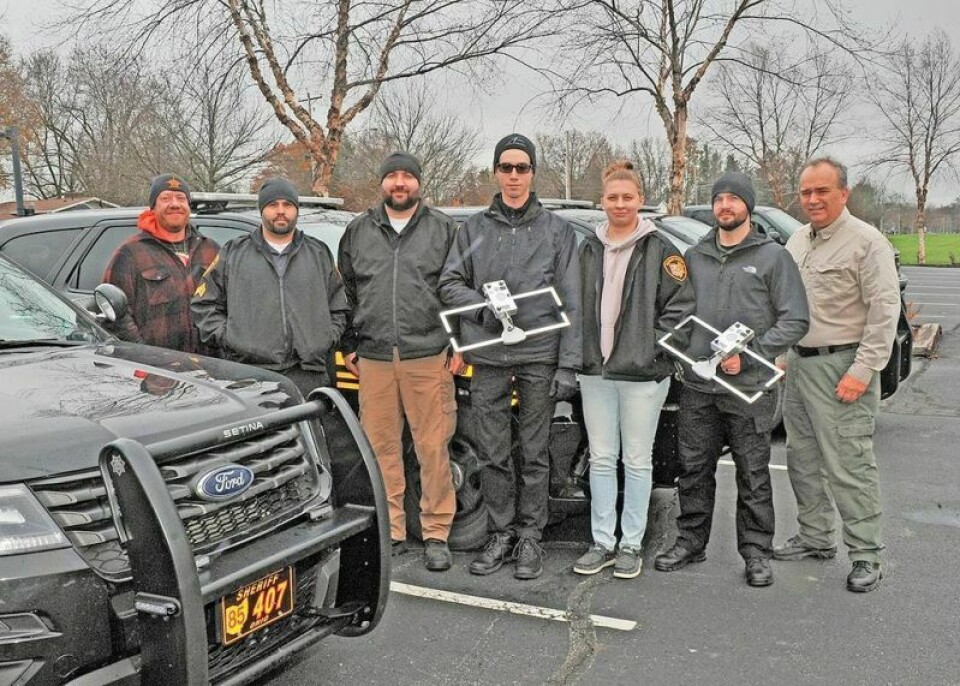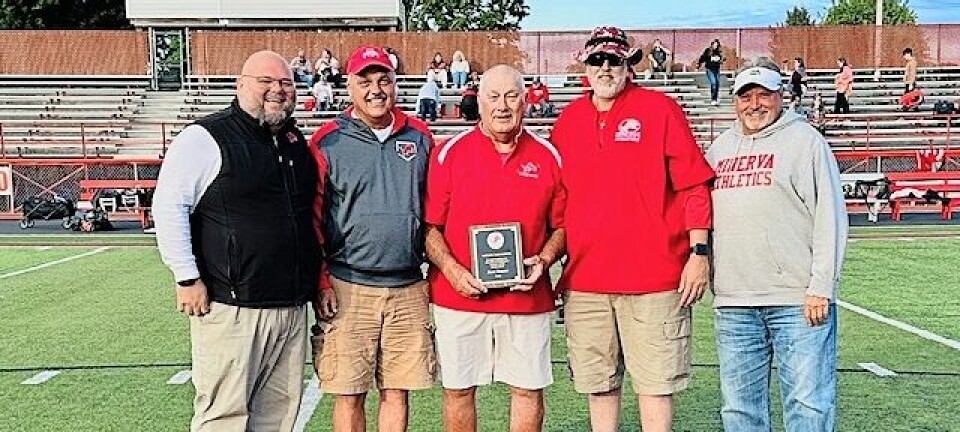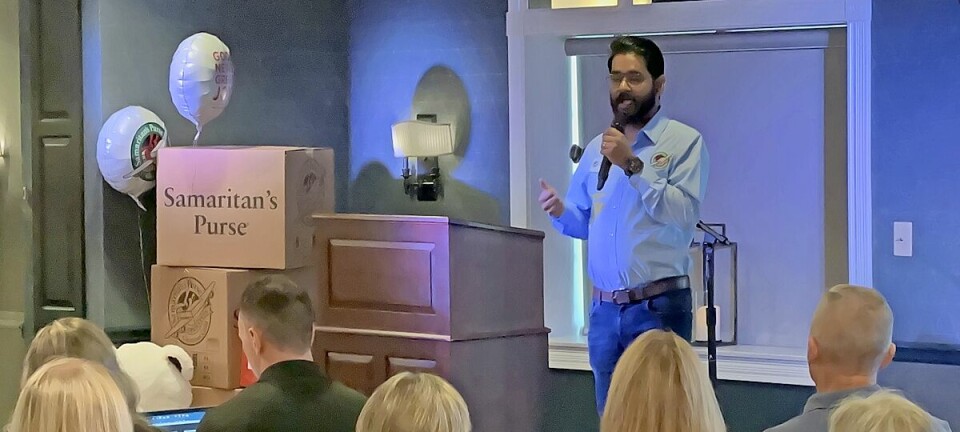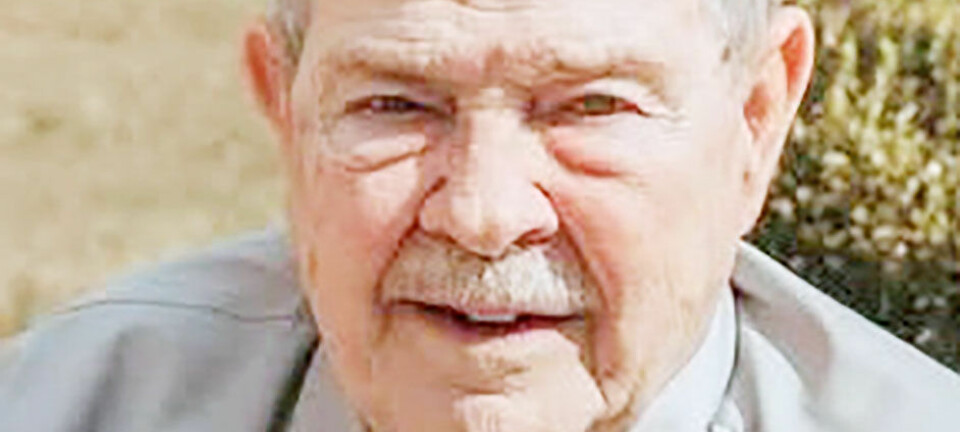Wayne deputies trained on Project Lifesaver equipment

Before his 2023 retirement as a captain from the Wayne County Sheriff’s Office, Doug Hunter ensured Project Lifesaver, a program designed to quickly locate individuals with cognitive disorders prone to wandering, was instituted.
He now volunteers to teach deputies how to use the equipment to save people’s lives.
According to the Project Lifesaver website, clients enrolled in Project Lifesaver wear a transmitter on the wrist or ankle that emits an individualized frequency signal. If an enrolled client goes missing, the caregiver notifies their local Project Lifesaver agency, and a trained emergency team responds to the wanderer’s area. The first responders will then use the client’s frequency to locate their position.
Learning to operate the specialized Project Lifesaver equipment requires deputies to attend a two-day training class to become certified and learn how to approach individuals once found.
Hunter recalled the incident that led him to contact Project Lifesaver about a partnership.
“We had a call about a missing elderly person, and he was gone for more than 24 hours,” Hunter said. “We eventually located him. It was about 30 degrees outside, and he was barefoot.”
Wandering is dangerous.
According to the Cleveland Clinic website, individuals with cognitive decline who have wandered and aren’t found within the first 24 hours of their departure end up either severely injured or dead 50% of the time.
Complex training scenarios prepare officers for real-life situations.
In an actual search, a team of deputies would depend on a caregiver of a Project Lifesaver client to notify the sheriff’s office as soon as they notice the enrollee is missing. Once alerted, deputies would employ radio frequency locating technology that receives signals from the transmitter worn by the client.
Using the wearers’ last known location, officers would search circularly until a signal is detected and the individual is found.
One advantage of RF technology is its remarkable accuracy and strength of signal, which is critical for applications ranging from communications to remote sensing.
Due to their ability to propagate over long distances and penetrate various materials, RF signals ensure data transmission remains consistent and reliable, even inside buildings or densely wooded areas.
During the training deputies had to locate various transmitters Hunter placed throughout the county.
Deputies successfully found each transmitter, with the longest search taking only 40 minutes.
“We now have a trained Project Lifesaver deputy on each shift,” Hunter said. “They and the sheriff’s office are ready as soon as the need arises.”
To learn more about enrolling a family member in Project Lifesaver, visit waynecountysheriff.com/project-lifesaver or call 330-287-5709.
Dan Starcher is the public communications coordinator for Wayne County.
























